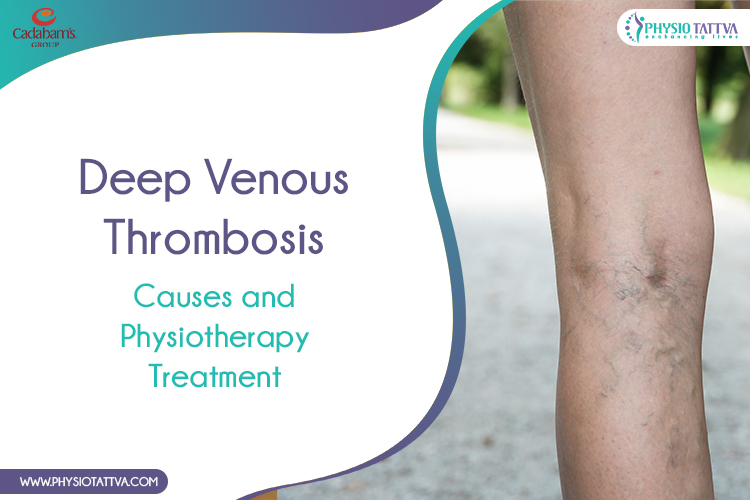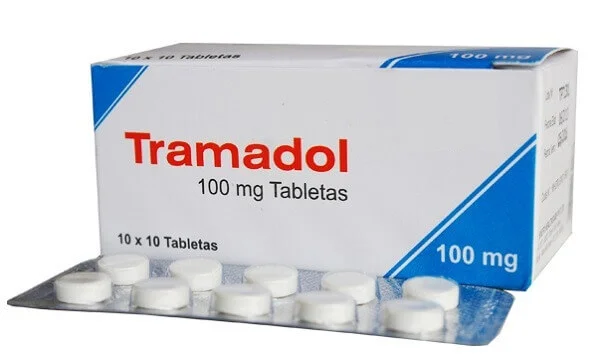Deep Vein Thrombosis (DVT): Facts, Figures, and Detailed Information
Introduction
Deep Vein Thrombosis (DVT) is a medical condition characterized by the formation of a blood clot, or thrombus, in the deep veins of the body, most commonly in the legs. The clot may disrupt blood flow, and in severe cases, it can lead to life-threatening complications such as a pulmonary embolism (PE), where the clot travels to the lungs and blocks a pulmonary artery. Understanding DVT involves knowledge of its risk factors, symptoms, diagnosis, treatment, prevention, and the potential consequences if left untreated.
Overview of Deep Vein Thrombosis
A deep vein thrombosis occurs when a blood clot forms in the deep veins, usually in the lower legs or thighs. The condition is often asymptomatic or presents with mild symptoms that are easy to overlook. However, DVT can cause significant health risks, particularly when the clot dislodges and travels to other parts of the body, such as the lungs, causing a pulmonary embolism. The risk of DVT is particularly elevated in individuals who have restricted mobility, such as those who are bedridden, recovering from surgery, or on long-haul flights.
Causes of Deep Vein Thrombosis
Blood clots are formed when blood thickens or clumps together in response to injury or other factors. In the case of DVT, the clot forms in a deep vein due to three primary mechanisms, often referred to as Virchow’s Triad:
- Venous Stasis (Reduced Blood Flow): This occurs when the normal flow of blood is disrupted, leading to pooling and stagnation of blood in the veins. Situations such as prolonged immobility, bed rest, or long periods of sitting during travel (e.g., long-haul flights) can trigger venous stasis.
- Endothelial Injury: The inner lining of the blood vessels, called the endothelium, may be damaged due to factors like trauma, surgery, or infection. When the endothelium is damaged, it becomes more likely to form a clot as the body tries to seal the injury.
- Hypercoagulability (Increased Clotting Tendency): Certain medical conditions and medications can make the blood more prone to clotting. For instance, cancer, pregnancy, obesity, and the use of hormonal contraceptives or hormone replacement therapy (HRT) can increase the risk of DVT by altering the blood’s natural clotting mechanisms.
Risk Factors for Deep Vein Thrombosis
Several factors increase the likelihood of developing DVT. Some of these risk factors are controllable, while others are not:
- Prolonged Immobility: Extended periods of immobility, such as after surgery, during pregnancy, or during long-distance travel, are major risk factors for DVT.
- Age: People over the age of 60 are at greater risk, but DVT can occur in individuals of any age.
- Medical History: A personal or family history of DVT or pulmonary embolism significantly raises the risk. Genetic conditions, such as Factor V Leiden mutation or prothrombin gene mutation, increase susceptibility to clot formation.
- Obesity: Being overweight or obese contributes to increased pressure in the veins, raising the likelihood of blood clots.
- Pregnancy and Hormonal Factors: Pregnancy, particularly in the third trimester, increases the risk of DVT due to changes in circulation and the pressure exerted on veins by the growing uterus. Hormonal contraceptives and hormone replacement therapy also elevate the risk.
- Surgical Procedures: Major surgeries, particularly orthopedic surgeries like hip or knee replacement, have a heightened risk for DVT due to the disruption of blood flow during and after surgery.
- Cancer and Cancer Treatments: Some types of cancer, especially those involving the pancreas, lungs, or ovaries, increase clotting risk. Chemotherapy can also heighten the likelihood of developing DVT.
- Smoking: Smoking contributes to the thickening of the blood, which can lead to clot formation.
Signs and Symptoms of Deep Vein Thrombosis
The symptoms of DVT can vary, with some individuals experiencing no symptoms at all. However, when symptoms are present, they may include:
- Swelling: Swelling in the affected leg, especially in the calf, is one of the most common signs of DVT. The swelling may appear suddenly or gradually.
- Pain or Tenderness: Pain or tenderness in the affected leg, particularly when standing or walking, may indicate the presence of a clot. The pain can range from mild discomfort to severe, sharp pain.
- Red or Discolored Skin: The skin over the affected area may appear red or have a bluish tint, particularly if the clot is located close to the surface of the skin.
- Warmth: The skin over the clot may feel warmer than usual.
- Enlarged Veins: Swollen veins may become more prominent and visible in the affected leg.
It’s important to note that many people with DVT experience mild symptoms or none at all, which is why the condition is often undiagnosed until it leads to more severe complications like a pulmonary embolism.
Complications of Deep Vein Thrombosis
If left untreated, DVT can lead to serious complications:
- Pulmonary Embolism (PE): The most dangerous complication of DVT occurs when a clot breaks loose from its original location and travels through the bloodstream to the lungs. This can block a pulmonary artery and prevent blood from reaching the lungs. Symptoms of a pulmonary embolism include sudden shortness of breath, chest pain, coughing (sometimes with blood), and rapid heart rate.
- Post-Thrombotic Syndrome (PTS): This long-term complication occurs when DVT leads to chronic pain, swelling, and skin changes in the affected leg. PTS can significantly affect a person’s quality of life, causing discomfort and even disability.
Diagnosis of Deep Vein Thrombosis
To diagnose DVT, healthcare providers may employ a combination of methods, including:
- Physical Examination: A physical exam can help identify symptoms such as swelling, redness, and warmth in the affected leg.
- Ultrasound: The most common and reliable test for diagnosing DVT is ultrasound. A high-frequency sound wave is used to visualize blood flow and detect the presence of clots in the deep veins.
- D-dimer Test: A D-dimer blood test can help detect elevated levels of a substance released when a blood clot breaks down. High levels of D-dimer suggest the presence of a clot, though this test is not specific to DVT and may be elevated in other conditions.
- CT or MRI Scans: In some cases, particularly if there is suspicion of a pulmonary embolism or if ultrasound is inconclusive, a CT or MRI scan may be used.
Treatment for Deep Vein Thrombosis
The main goal of DVT treatment is to prevent the clot from growing or traveling to the lungs, and to relieve symptoms. The standard treatment methods include:
- Anticoagulants (Blood Thinners): Medications such as heparin, warfarin, and direct oral anticoagulants (DOACs) are commonly prescribed to prevent further clotting. These medications help thin the blood and reduce the risk of clot formation.
- Thrombolytics: In cases of severe DVT or when the clot is causing significant issues, thrombolytic therapy may be used to dissolve the clot. These medications are typically reserved for serious cases due to their potential side effects.
- Compression Stockings: Graduated compression stockings can help reduce swelling and prevent complications such as post-thrombotic syndrome. These stockings apply pressure to the legs, encouraging blood flow and preventing the pooling of blood in the veins.
- Inferior Vena Cava (IVC) Filter: In rare cases, when a patient cannot take anticoagulants, a filter may be placed in the inferior vena cava (the large vein that carries blood from the legs back to the heart). This filter catches any clots before they can travel to the lungs.
- Surgery: Surgical intervention is typically reserved for cases where other treatments are ineffective, or if the clot is very large and causing significant obstruction.
Prevention of Deep Vein Thrombosis
There are several strategies that can help prevent DVT, especially for those who are at high risk:
- Exercise and Movement: Staying active and moving regularly can improve blood circulation, especially during long periods of sitting or lying down. Simple leg exercises or walking during long flights or hospital stays can reduce the risk of DVT.
- Compression Stockings: Wearing compression stockings during long trips or after surgery can help reduce the risk of clot formation by promoting blood flow.
- Hydration: Staying well-hydrated helps maintain blood viscosity and prevent clots from forming.
- Blood Thinners: For individuals at high risk, doctors may prescribe anticoagulants to reduce the risk of clot formation, particularly in cases of major surgery, cancer, or prolonged immobility.
Conclusion
Deep Vein Thrombosis is a serious medical condition that can lead to significant complications if left untreated. Understanding its causes, symptoms, and risk factors is essential for effective prevention and treatment. Individuals who are at higher risk for DVT should take proactive steps to manage their condition and work closely with healthcare professionals to reduce the likelihood of complications. Early diagnosis and appropriate treatment can greatly improve outcomes and prevent life-threatening issues such as pulmonary embolism.






